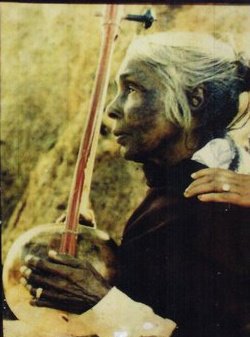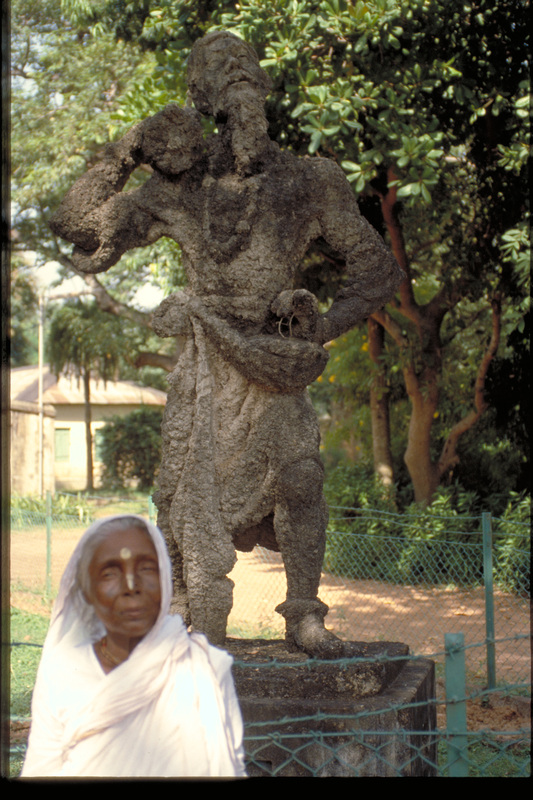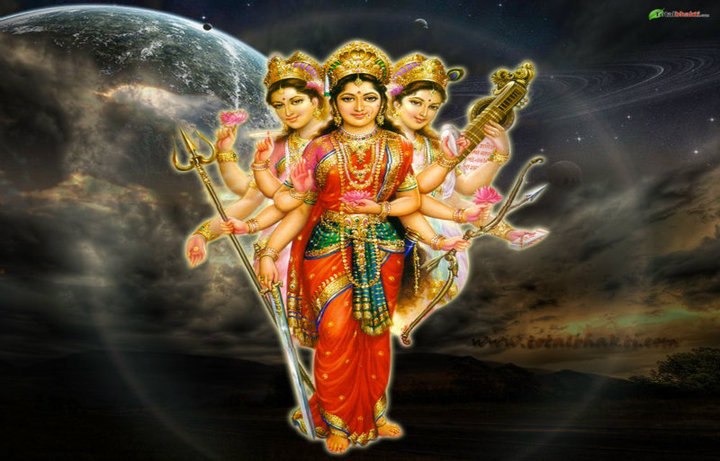"Types Of Gita's
Bhagavad Gita means the ‘song of God’ and is the discourse given by Krishna, the charioteer, to Arjuna, the archer, on the eve of the battle at Kurukshetra. While Gita popularly refers only to Bhagavad Gita, there are many other ‘Gitas’ in Indian literature such as:
1.Anu gita
2.Ashtavakra gita
3.Avadhoota gita
4.Bhikshu gita
5.Brahmana gita
6.Bodhya gita
7.Brahma gita
8.Devi gita
9.Ganesha gita
10.Gopika gita
11.Guru gita
12.Hamsa gita
13.Hanumad gita
14.Harita gita
15.Iswara gita
16.Kapila gita
17.Manki gita
18.Pandava gita
19.Parasara gita
20.Pingala gita
21.Rama gita
22.Ramana gita
23.Ribhu gita
24.Rudra gita
25.Sampaka gita
26.Shiva gita
27.Sriti gita
28.Surya gita
29.Suta gita
30.Swaminarayan gita
31.Uttara gita
32.Vallabh gita
33.Vasishta gita
34.Vibhishana gita
35.Vicakhnu gita
36.Vidura gita
37.Vritra gita
38.Vyadha gita
39.Vyasa gita
40.Yama gita
ANU GITA
Note - this is a list, there are other Gita's too. ie) Venu Gita
Anu-Gita is an important part of the Mahabharata. The prefix 'Anu' denotes 'after', so Anu-Gita literally means ("continuation, alongside, subordinate to") of Gita. The lesser known Anu-Gita is a part of the Ashwamedha Parva in the Mahabharata. Anu Gita is partly retelling of some of the ethical premises of the Bhagavad Gita through legends and fables.
Anu Gita was preached by Sri Krishna to Arjuna after the battle of Mahabharata was over and peace was established in the Kingdom, under the rule of Yudhisthira. The Anu Gita contains sections on what constitutes the duties of the good human being.
The Anu-Gita is contained in chapters 16 to 51 of Aswamedha-Parva of the Mahabharata propounded in the Veda (Upanishads). The original text is ancient but it was edited, revised, interpolated and re-organized into thirty six chapters over its history.
2) Ashtavakra_Gita
The Ashtavakra Gita is written as a dialogue between King Janaka of Mithila and his guru, Ashtavakra. Ashtavakra literally means "eight bends", indicating the eight physical handicaps he was born with. The moral here is that even the ugliest form is filled with God's radiance. The body is nothing, the Self is everything.
It is claimed to be written either in the eighth century by a follower of Shankara, or as late as the fourteenth century.
3. The Ashtavakra Gita is an instruction for achieving self-realization. It is the most direct path to self-realization in three steps: (1) hearing and reading it again and again; (2) reflecting and understanding it (3) meditating, assimilating, realizing and applying to life. The book comprises 20 chapters.
3. Avadhutha Gita: It was sung by Lord Dattatreya dated back in 8th or 9th century. Dattatreya, as the symbol of the highest yogi and monastic life, describes the journey of self-realization, thereafter the nature and state of a person who lives in his soul's truth.
4. Bhikshu Gita: It is a dialogue between King Parikshit and Sage Suka and is a brief exposition of the Vedanta philosophy, Brahman and the Atma. It is based on rich men who turned into beggar.
5. Brahmana Gita: It is a part of the Anu Gita where Krishna is represented as ultimate controller of universe.
6. Bodhya Gita: It is a conversation between Rishi Bodhya and King Yayati in Mahabharata.
7. Brahma Gita: The Brahma Gita is contained in chapter 35, slokas 96 & 97 of Chapter 37, and Chapter 38 of Brahmapurana (Part I) spoken by Lord Brahma.
8. Devi Gita: It is part of the Devi Bhagavatham written by the great sage Vyasa. It tells us about an incarnation of the Devi wherein she describes her own nature, nature of her worship with meditation, yogic practices, rituals and other austerities.
9. Ganesha Gita: It is from Ganesh Puran, which is modelled on the Bhagavad Gita where Ganesha is given the divine and central role. It is a discourse between King Varenya and Lord Ganesha in the form of Gajanana.
10. Gopika Gita: It is the song of the Gopis or the cowherd girls of Brindavan and their deep and selfless love to Lord Krishna. This is in the tenth chapter of the Bhagavat Puran which is the story of Lord Vishnu as told by the great Sage Suka to King Janamejaya.
11. Guru Gita: It was written by Sage Vyasa from Skanda Puran and is a dialogue between Lord Shiva and Goddess Parvati in which she asks him to teach her all about the Guru tattwa.
12. Hamsa Gita (or also referred to as Uddhava Gita) is in Shrimad Bhagavat Puran, comprising of more than 1000 verses and consists of Krishna’s final discourse to Uddhava before Krishna leaves his mortal coil on Earth.
13. Hanumad Gita is the discourse that was given by Goddess Sita to Hanuman on their return from Lanka after the defeat of Ravana and the coronation of Lord Rama.
14. Haritha Gita: It is from Mahabharatha, Mokshaparva as a part of Shantiparva. It speaks of non violence in association with sanyasa ashram. It contains twenty verses attributed to Haritha Muni.
15. Ishvara Gita covers the first eleven chapters of Uttara Vibhaaga from Kurma Purana. It contains the teachings of Lord Shiva referred to as Ishvara and contains not only the teachings of the Bhagavad Gita but also other themes like worshipping the Linga, Patanjali’s eight fold yoga and it believes that Shiva and not Krishna is the ultimate goal.
16. Kapila Gita: It is from Shrimad Bhagavat Purana. It is the story of how Sage Kapila offers solace to his old mother Devahuti whose soul is in quest for spiritual knowledge.
17. Manki Gita: It is from Mahabharata. It is a story narrated in 50 verses of a saint named Manki and his two bullocks, the core message here is to give up desire and greed and develop compassion for all beings.
18. Pandava Gita or Prapanna Gita: It is called the Song of Surrender and it is a compilation of quotes from many great personalities from the Puranic age who have glorified Sri Krishna including all the Pandavas.
19. Parasara Gita is from Mahabharata, and it is the longest of all the Gitas of the Shanti Parva. It consists of nine chapters. It is said to be a dialogue between Sage Parasara the father of Sage Vyasa and King Janaka.
20. Pingala Gita is from Mahabharata. It is a beautiful story told by Shri Krishna to Uddhava about Pingala and her story of liberation.
21. Rama Gita: It is from Adhyaatma Ramayan which is a part of Brahmanda Purana in the 5th Sarga of the Uttara Khanda.
22. Ramana Gita was written by Shri Ramana Maharishi in Sanskrit. It was recorded by one of his foremost disciples Shri Ganapati Muni who in the company of several other disciples received answers to 37 Questions which were put forward to Shri Ramana along the lines of the Bhagavad Gita and formed 18 chapters of 300 verses.
23. Ribhu Gita: It forms the sixth part of the Shiva Rahasya Purana and it is a dialogue between Sage Ribhu and Sage Nidagha in about two thousand verses on the Self and Brahman.
24. Rudra Gita: It is about the instructions given by Lord Shiva to Prachetas (Daksha). It contains verses dedicated to the glory and magnificence of Lord Vishnu. It eulogizes the worship of Vishnu to the path of liberation and self realization and also talks about Hinduism and its teachings.
25. Sampaaka Gita: It is from Mahabharata. It consists of twenty one verses in which Sampaaka, a learned and pious Brahmin gives the message that one could attain everlasting happiness only through renunciation.
26. Shiva Gita: It is from Padma Purana and is made up of 16 chapters. In this Gita, Sage Agastya consoles Rama when Ravana takes away Sita and advises him to pray to lord Shiva. Lord Shiva appears before Lord Rama and his teachings to Lord Rama forms the Shiva Gita.
27. Sruti Gita: It is contained in chapter 87 of Srimad Bhagavatam wherein King Parikshit asks Sage Suka to explain the attributeless Brahman against the theory of the Gods with attributes.
28. Surya Gita: It is found in Guru Gyana Vasishta. There are three parts in this text namely Gyana Kanda (knowledge), Upasana Kanda (spiritual practice) and Karma Kanda (actions).
29. Suta Gita: It is from Skandha Purana, Adhyaayas 13 to 20 of Yagya Vaibhava Kanda. It refutes dualism and strictly advocates monism.
30. Swaminarayan Gita or Yogi Gita: It is a selection of teachings and prayers of Shri Yogiji Maharaj who was the fourth spiritual successor of Swaminarayan and gives the attributes necessary for a devotee to practice to attain liberation and spiritual enlightenment.
31. Uttara Gita: It is said that Arjuna after enjoying all the pleasures of his kingdom and the materialistic world, a sense of detachment came over him as he grew older and he approached Krishna to impart to him the knowledge of the Brahman. It consists of three chapters and it gives answers to Arjuna’s questions.
32. Vallabh Gita: In this Gita, Shri Vallabh taught his disciples to seek the true goal of life which is liberation. It is a collection of sixteen works of Shri Vallabh in which all range of subjects have been discussed.
33. Vasishta Gita or Yoga Vasishta: It is a discourse given by Maharishi Vasishta to Prince Rama when Rama is said to be in a dejected state. It consists of 32000 shlokas and is associated with the principles of non duality and Advaita Vedanta.
34. Vibheeshana Gita: This Gita is taught by Lord Rama to Vibheeshana on the battlefield of Lanka and advises Vibheeshana on the virtues of devotion, faith and right values.
35. Vicakhnu Gita: It is from Mahabharata, Mokshaparva. It speaks about Ahimsa or non violence. It consists of eleven verses and it tells us about King Vicakhnu’s visit to a yagna where animal sacrifice is to be performed and his moving pleas for Ahimsa. This is narrated by Bhishma to Yudhisthira.
36. Vidura Gita: It is a dialogue between Vidura and King Dhritarashtra wherein Vidura not only advises Dhritarashtra about the science of politics but values of right conduct, fairplay and truthfulness.
37. Vritra Gita: It is from Mahabharat, Moksha Parva as a part of Shanti Parva. It is said to be a dialogue between a fierce demon Vritrasura and Shukracharya the Guru of all the demons (Asuras) and it consists of two chapters.
38. Vyaadha Gita: It is from Vana Parva Mahabharata and consists of the teachings given by a butcher(Vyaadha) to a monk which was related to Pandava prince Yudhisthira by Sage Markandeya. The arrogant monk is humbled by the simple butcher who teaches him ‘Nishkama Karma’.
39. Vyaasa Gita: It is from Kurma Purana, from 12th Adhyaaya onwards of Uttara Vibhaaga and Sage Vyaasa teaches the highest path to self knowledge. It emphasizes the unity of faiths and on the philosophy of non dualism.
40. Yama Gita : There was a king named Vajashrava. His son was Nachiketa. Vajashrava arranged for a wonderful sacrifice at which he gave away all his wealth.

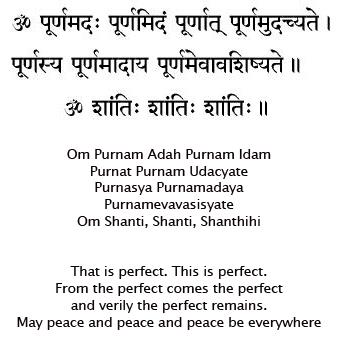

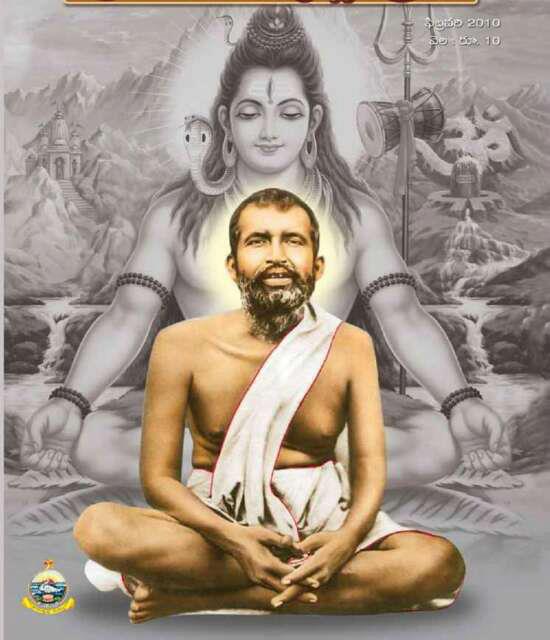

















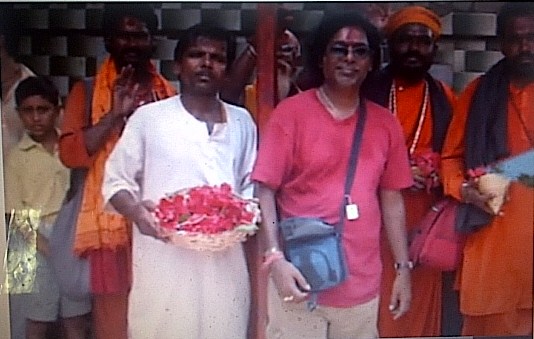




 RSS Feed
RSS Feed
